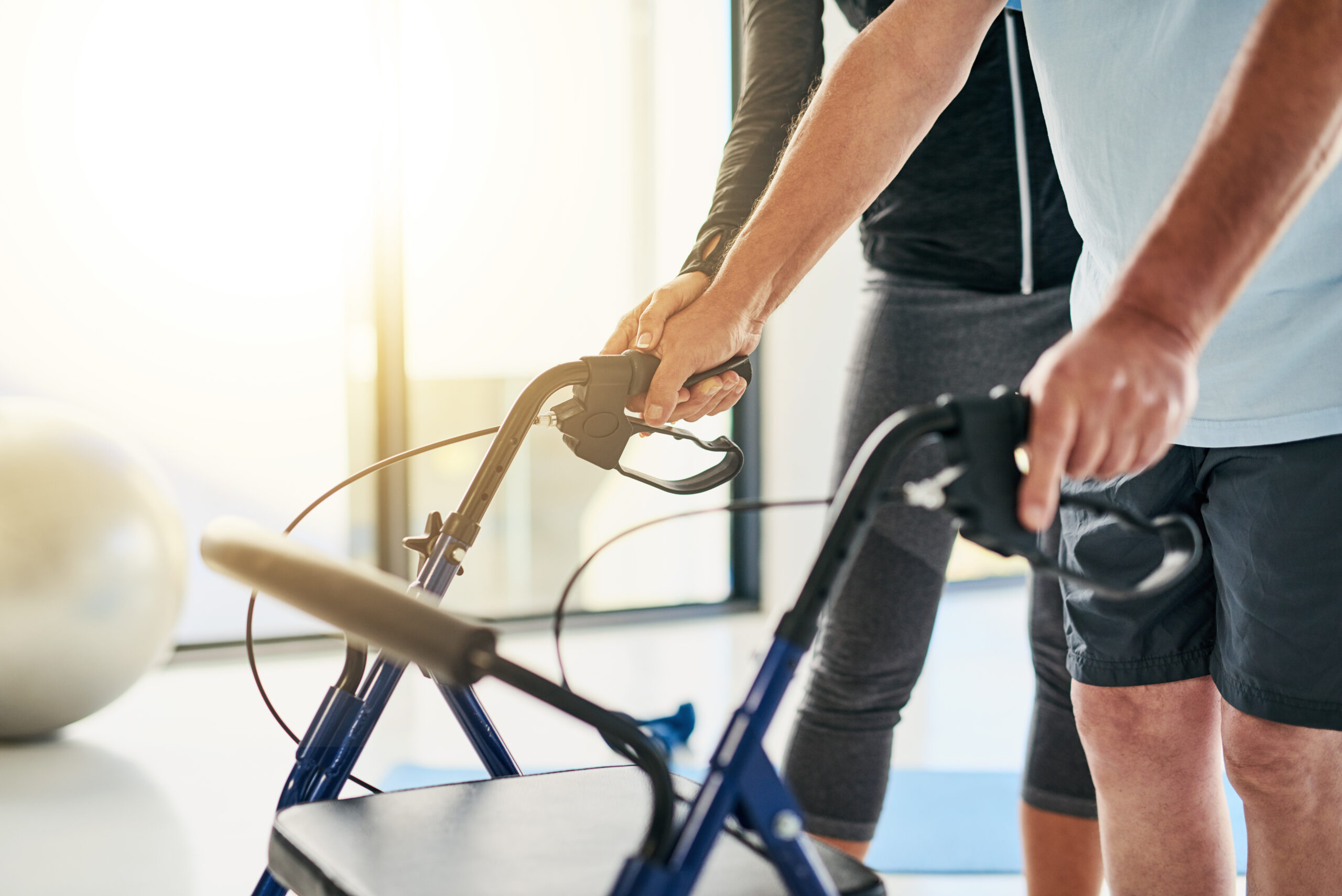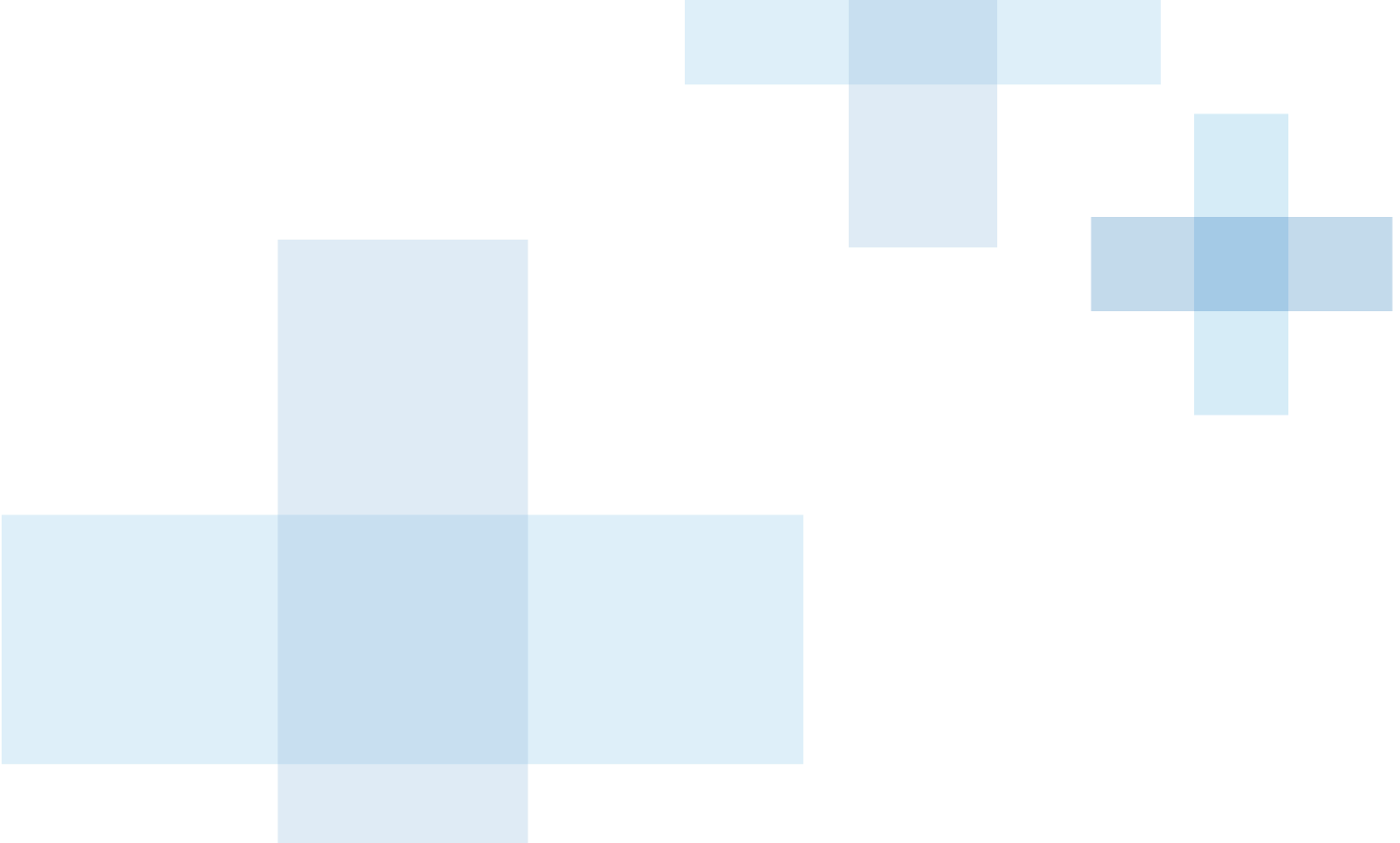
Did you know that every 40 seconds, someone in the United States has a stroke? Many people who have a stroke survive, and stroke rehabilitation is needed to help them regain abilities.
If someone you love has experienced a stroke, you may be a little confused about the different types of stroke rehabilitation and how they work together. Keep reading as we offer some details.
Understanding Stroke
More than 795,000 Americans experience a stroke in any given year. Of those who survive, most experience some damage to the brain that impacts mobility and other body movements.
There are two types of stroke: ischemic, which is by far the most common, and hemorrhagic. Both damage the brain, but they do so in different ways. An ischemic stroke occurs when a blood clot cuts off blood flow to the brain, while a hemorrhagic stroke occurs when a blood vessel in the brain ruptures, flooding the brain with blood.
Both types of stroke can cause long-lasting damage to parts of the brain, which is why it’s important to call 911 when one occurs. Receiving prompt treatment is the first step toward limiting the scope of brain damage.
A person’s loss of abilities following a stroke depends on the part of the brain that was affected and how severe the stroke was. A stroke that impacts the left side of the brain will impair the right side of the body and vice versa.
When the left side of the brain is impacted, common problems include speech and language issues as well as difficulties with abstract thinking. When the right side of the brain is impacted, vision problems and difficulties with spatial thinking or imagery are more common. Damage to the brain tissue on either side of the brain can cause problems with thinking and memory, along with behavioral changes.
How Stroke Rehabilitation Can Help
While some damage from a stroke may be permanent, abilities can be restored in many cases. Beginning stroke rehabilitation promptly after a stroke is a key part of regaining abilities, improving mobility, and restoring independence.
Stroke rehabilitation often begins in the hospital at the bedside in the days following a stroke. Rehabilitation starts with a thorough evaluation and assessment of abilities and deficits, then a personalized rehabilitation plan is created.
There are multiple kinds of therapy involved in stroke rehabilitation:
- Occupational therapy
- Physical therapy
- Speech therapy
You’re probably most familiar with physical therapy, which is used to help a person regain physical abilities following a stroke. This type of rehabilitation uses targeted exercises and movements to help someone who has had a stroke relearn the basics of movement—the mechanics of how to walk, for example. Physical therapy can also help expand range of motion and improve coordination and balance.
Occupational therapy probably sounds like it relates to a person’s occupation. It can help with skills related to an occupation, or job, but this type of therapy more broadly focuses on helping those who have had a stroke recover the ability to perform daily activities. This can include eating, drinking, dressing, bathing, reading, and writing, among other skills.
Speech therapy is designed to help stroke patients overcome challenges understanding or using speech, but that’s not all it’s used for in stroke rehabilitation. Many people who have experienced a stroke have difficulty swallowing, and speech therapy can help them recover the mechanics needed to swallow safely.
While we’ve listed the basics of each type of stroke rehabilitation, many rehabilitation plans include additional components. Sports Plus Rehab Centers offer a full spectrum of therapies to help stroke patients regain their abilities and independence, including muscle and sensory reeducation, along with adaptive driving rehabilitation. We also offer therapies specialized to certain parts of the body, including hand therapy and arm training.
While not all abilities can be regained after a stroke, many of them can be improved or even entirely relearned. Our team of experienced stroke specialists, along with a dedicated team of Sports Plus rehabilitation providers, work to find the balance of stroke rehabilitation therapies that’s best for each patient.
When you’re recovering after a stroke or another illness or injury, Sports Plus offers the rehabilitation services and outpatient therapy you need, in 17 convenient locations.

